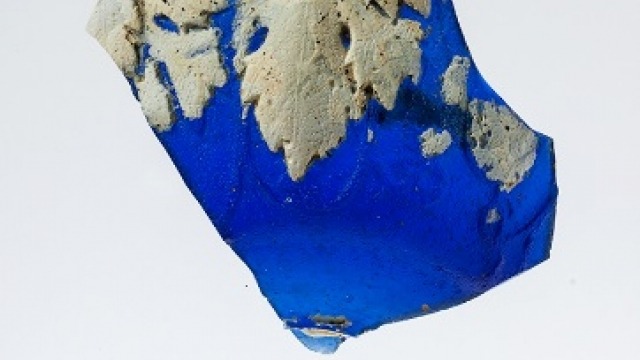How was cameo glass produced? Associate Professor Richard Whiteley
Date & time
Wed 26 Jul 2017, 6.30–7.30pm
Location
Larry Sitsky Room, School of Music
SHARE

The Friends of the ANU Classics Museum invite you to the Bill and Kate Guy Lecture
The view has long been held that so-called cameo glass, such as this lovely fragment from the ANU Classics collection, was produced in the ancient world in much the same way that any cameo is created: after a vessel has been blown from blanks of two colours, its outer skin (usually white) would have been carved away to produce scenes in relief against the ground colour. Richard Whiteley, however, following up a proposal by the German scholar Rosemarie Lierke, argues for a completely different mode of production. As part of of his research the Classics Museum’s cameo glass fragment has recently been subjected to the 3D scanning technology developed in ANU’s Research School of Physics and Engineering by Professor Tim Senden and his team. This cross-campus collaboration is proving to be very productive. Richard will tell the story—and will offer us a new way of thinking about cameo glass.
Richard Whiteley is the Head of Glass at the ANU School of Art and Design. He is known for his unique cast glass works, many of which are held in major museums and private collections worldwide, including the Australian National Gallery, the Corning Museum of Glass, Corning NY and the China Academy of Art, Hangzhou, China. A major sculpture, for ActewAGL, may be viewed at Canberra’s Cotter Dam. He has also received many research grants to develop creative works and perform technical research.
Drinks in the Museum will follow the lecture, where items of merchandise will be on sale, all proceeds of which help us support the ANU Classics Museum.
This lecture is named for Bill and Kate Guy, in acknowledgment of their generous bequest to the ANU Classics Endowment.











